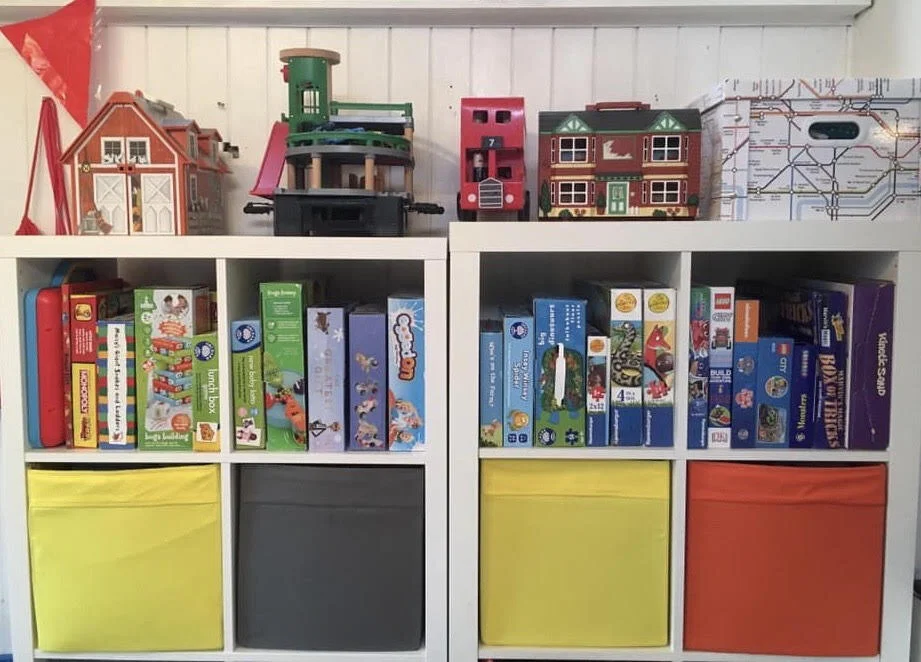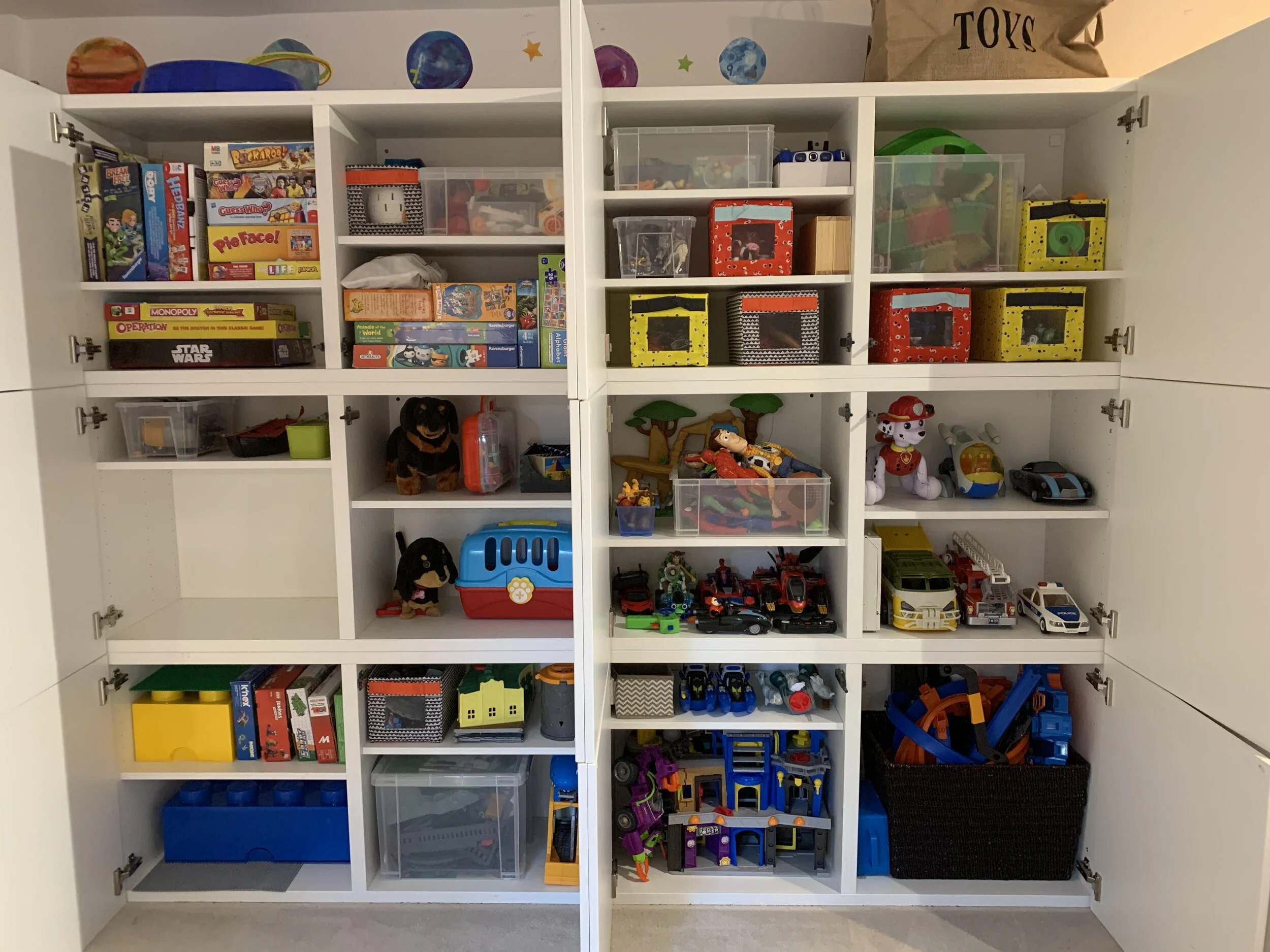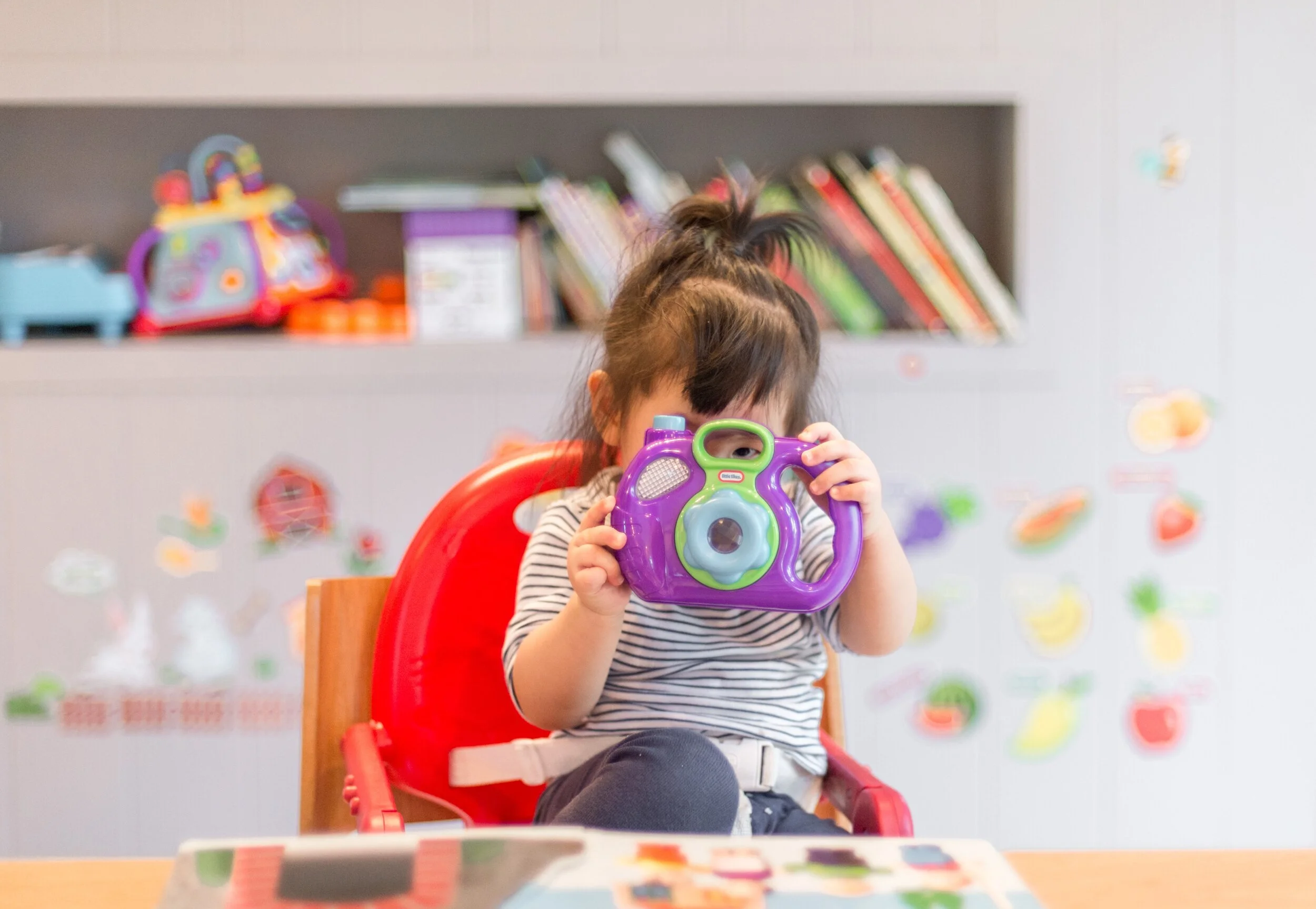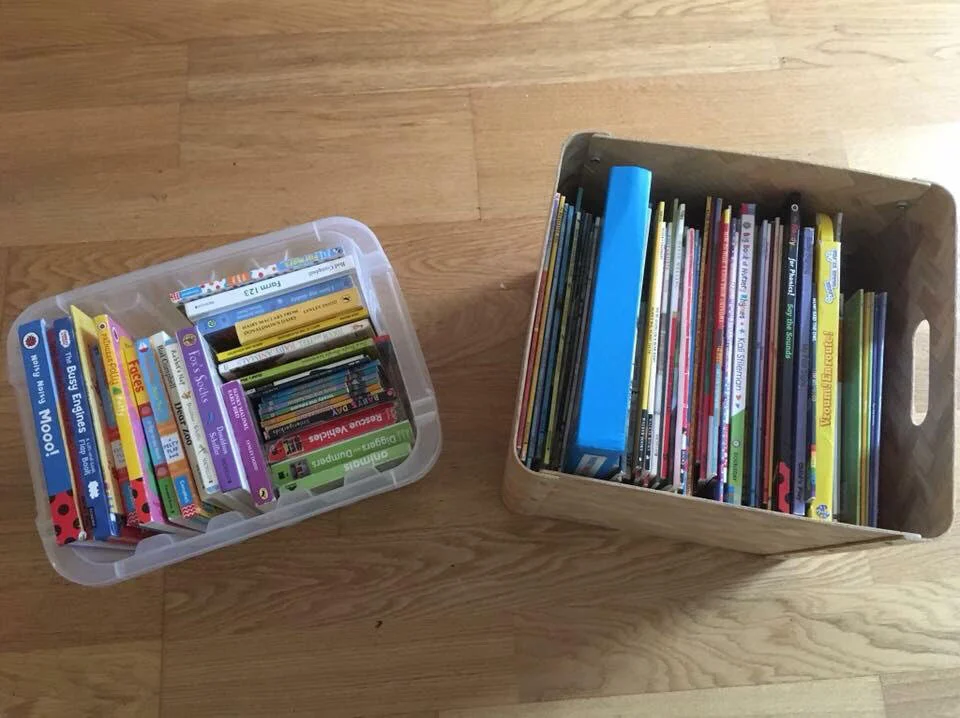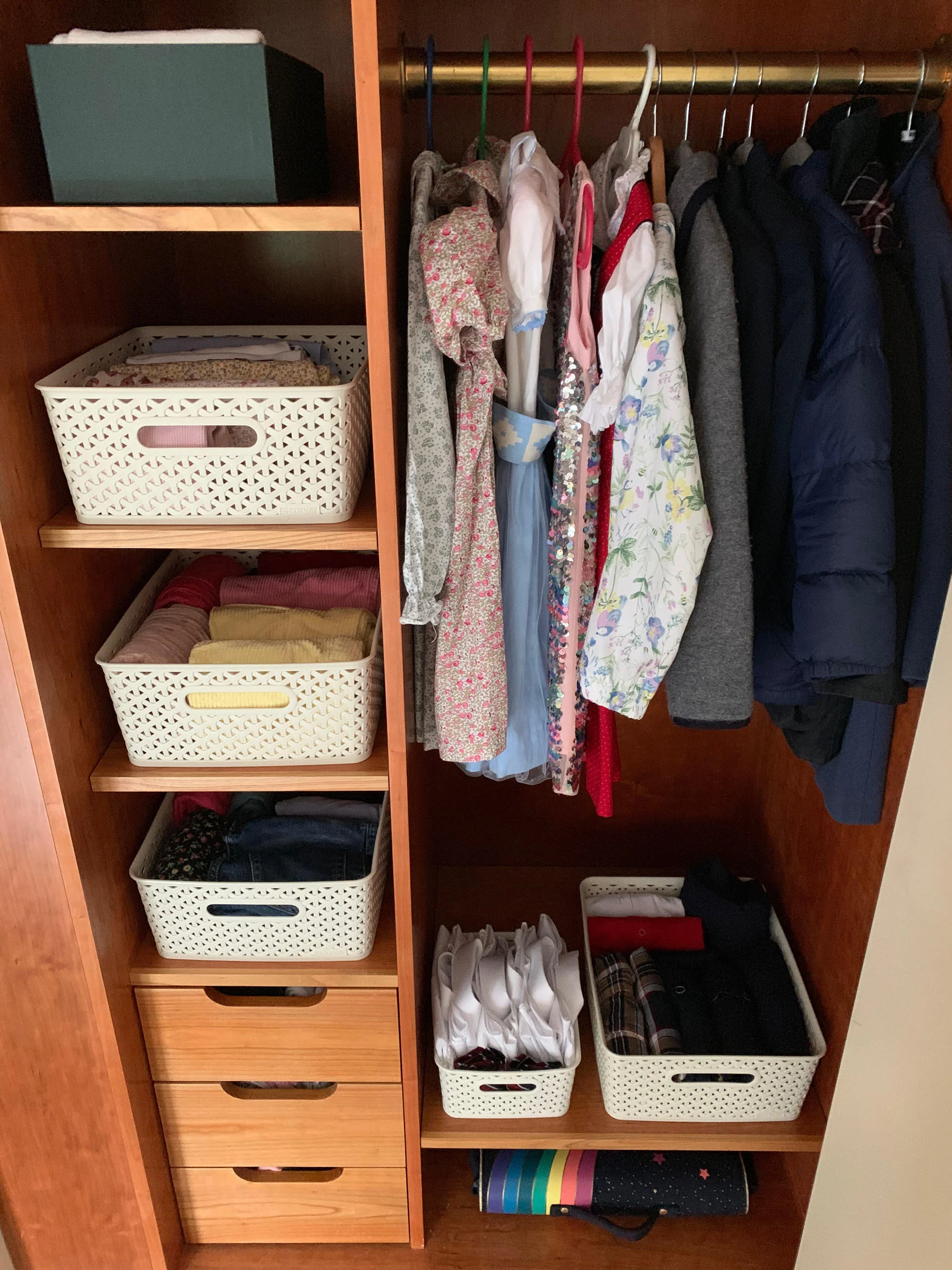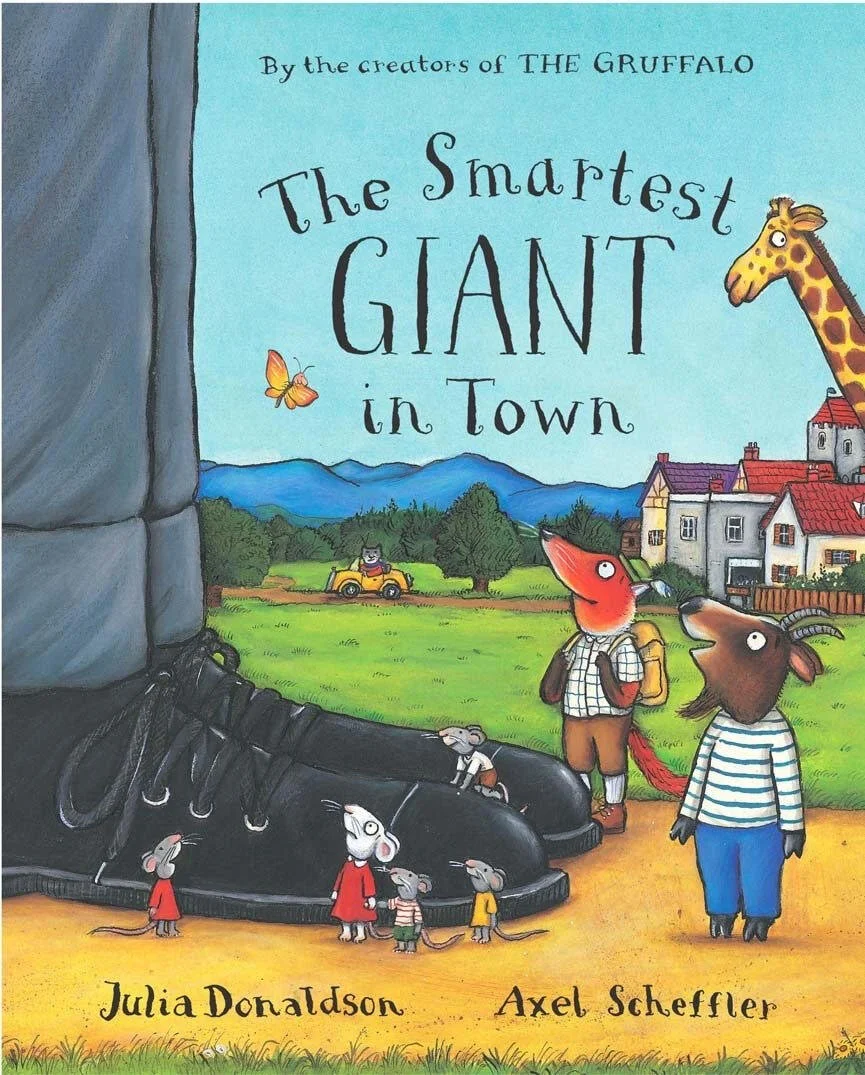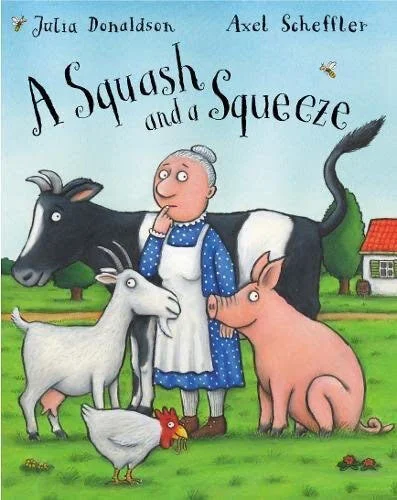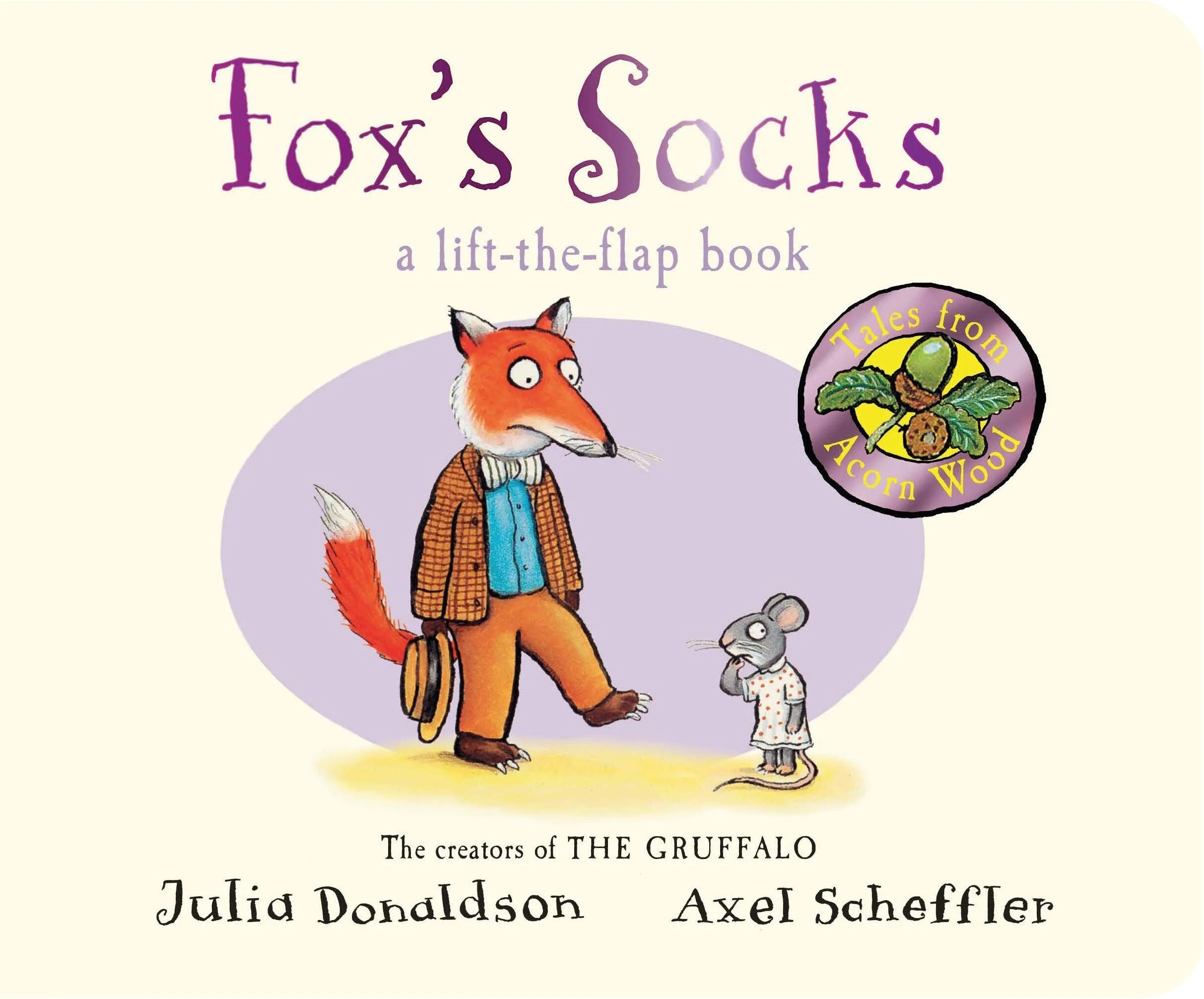10 Tidy Tasks for Kids to start 2020
Christmas is over and the New Year is here. As a parent, if you find yourself looking around your home and thinking ‘why is my home looking more cluttered than ever?!’ chances are you’ve received an avalanche of Christmas gifts that are now adding to that never-ending pile of stuff that makes up your home.
Instead of feeling out of control about their limitless possessions, 2020 is the year to put yourself back in the driving seat. Yes we share our home with our mini people, but the truth is we have full control over what comes in and most importantly, what goes out. It just takes a little bit of practice to get things back on track.
For those of you who follow me on Instagram and Facebook, you already know that I’ve been hosting a month-long challenge called Tidy Kids. I break down the KonMari Method so kids can learn how to declutter, organise and tidy their things. After all, tidying is a skill that isn’t taught in school. Children as young as three (or even younger in some cases) can learn the basic KonMari principles.
So here are my top ten tasks for getting your children on board with tidying (and feeling pretty good about it too!):
Do your children know where their items are located?
Rotating books and toys can help children to feel less overwhelmed.
If you can see all of your items at a glance, you’re on to a KonMari win!
LOCATION: Before they can begin, they need to find out where their stuff actually is. Children’s items are often scattered all over the home.
TASK: Take your little ones on a tour of the home and get them to write down their ‘spaces’ and where they find their things (even if they shouldn’t be there!).
JOY CHECKS: The ‘spark joy check’ is a tricky concept for children to fully grasp at first so whenever I work with children, I call them ‘happy checks’. They are encouraged to keep an item if it makes them happy (and if they actually use it).
TASK: Get your child to pick out their top three favourite things. Then they can compare all of their things to their top three to help them decide whether they want to keep it or let it go.
MODELLING: Your children will learn good habits from you. You are their role model. If you are positive about tidying and show them how to discard and say goodbye to things without feeling anxious, you can pass on those positive behaviours.
TASK: Go through some of your own things and if there are any you wish to donate, take your child to a charity shop so they can fully embrace the experience of passing on items to others who need it.
READING LIST: ‘The Smartest Giant in Town’, ‘A Squash and a Squeeze’, ‘Fox’s Socks’ (all written by Julia Donaldson) explain generosity, an appreciation of space and losing things due to not assigning a place for everything. Marie Kondo has recently published Kiki and Jax, which is a beautiful story about two characters who have different approaches to tidying.
TASK: Read the above books with your children that promote donating and maintaining a tidy environment.
FOLLOW THE ORDER: Whenever I work with parents, they always want to tackle the toys in the playroom! But it’s important to take children through the KonMari Method in the correct order, like we do as adults. You have to start with their clothes, before moving on to books, papers, komono (toys) and finally sentimental items. For many children, toys are sentimental. That tiny piece of plastic from their happy meal is a treasured item! So starting with toys is a sure way to fail.
TASK: Start the decluttering process by going through their clothes. Tops are a great place to start. Children get overwhelmed and distracted easily, so depending on the age of your child, it’s beneficial to tackle clothes, one subcategory at a time: tops, bottoms, underwear, socks & tights, dresses & skirts, coats, activewear & swimwear, sleepwear & loungewear, hats, scarves, gloves, belts & bags, shoes, and costumes.
WHAT’S THE STORY?: The power of dialogue is so important when children are deciding what to keep. Through KonMari, you’re encouraged to pick up an item, one at a time, and think about the story behind each item. Modelling positive questioning to your children as you help them go through their items makes tidying an enjoyable walk down memory lane!
TASK: Some good questions to ask your child when they’re completing their ‘happy check’ are: ‘Does this make you happy?’, ‘(if they’re unsure) ‘Would this make someone else happy?’, ‘Do you still wear this?’, and ‘How do you feel when you wear it?’.
SAYING GOODBYE: Whenever my children discard something, they say ‘Goodbye! Thank you for the memories!” This has become a habit over time but always make me smile as they run away from the donation pile or recycling bin excitedly. We all know that KonMari is a positive process, even down to saying goodbye to items. Encourage your children to express their gratitude to the item, and thank it for what’s it brought to their life. The children I’ve worked with love coming up with reasons why they’re saying goodbye in their thanks, and it makes that process of letting go much easier.
TASK: Some good examples of positive language to use when saying goodbye could be: (if the item no longer fits) ‘You may be too small t-shirt, but you did a great job at keeping me cool last summer'; (if the item is damaged) ‘I must have really loved wearing this, look at those holes! Now you’re ready to be recycled into something new!’; (if it’s uncomfortable) ‘The itchy label on this jumper has told me what to look out for in the future… Thank you!’.
FOLD: Start small, your child won’t be able to master the fitted sheet fold yet (most adults I know still struggle with this one). Folding allows your child to reconnect with their items before putting them away. Fold your own things in front of them, and if your child expresses interest in what you’re doing, allow them to take part (even if it slows down the process significantly!).
TASK: Start with socks. It’s the easiest item to fold. Allow your child to practise their sock folding technique and show them how to stand up their socks upright in their drawer, so they can see everything easily. Socks falling over? Utilise a box as a divider in a drawer to keep them in their place.
ROTATE: When it comes to books and toys, after you've gone through the joy checks with your children, it’s all about rotation. This is when you store half of the contents away and change them every few weeks or months (you set the change date).
TASK: Explain to your child that you’re going to store some of their books and toys in a different place so they can enjoy reading and playing with a small selection at a time. Ensure your child knows where they are stored should they want to refer to them and swap them over.
TIDY-UP ROUTINE: Like anything, habits form when there’s a good routine in place. What works well for my children is having ‘mini sweeps’ throughout the day (when we put the toys and books into one small spot before breakfast, lunch, naptime and nursery). Then we complete a ‘big sweep’ in the evening. This is when we return their items to their proper homes. Labelling homes works well for some families (and for families with younger children, adding a picture to the label can help even a one-year-old know where to put things).
TASK: Come up with your own tidy-up routine. As long as you have set times during their day when a tidy-up is needed, you can vary how you achieve it. Make it fun! Use a tidy-up song, make it a race between siblings, assign specific tasks (children want to feel useful but need instruction). And breathe. Sometimes my children tidy up well like a scene out of Mary Poppins (minus the magic), and other times they run away and cry. Practice makes perfect. If 4 days out of 7 they help out, that’s a tidying win. Anything more than that, you’ve got yourself a little Marie Kondo in the making!
Teaching mini people tidying is like any skill they’re developing. It takes a great deal of time, practice, patience and modelling on your part for the skill to become fully embedded. Every child is different and learns at a different pace. If you’d like more guidance on how to teach your children how to tidy using the KonMari Method, please refer to my Tidy Kids KonMari Challenge.
Recommended reading for supporting children with the KonMari Method:

